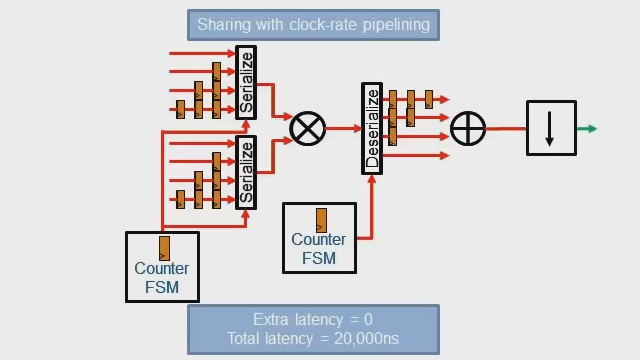Implementation of Algorithm for Extension of Unambiguous Distance Measurement of 3D ToF Cameras Using Simulink and HDL Coder
Amit Nahar, IFM Engineering Private Limited
This presentation details the distance calculation algorithm for time-of-flight (ToF)–based 3D cameras. Many current ToF cameras provide neither higher spatial resolution nor larger unambiguous ranges compared with other range map estimation systems. The fact that they provide reliable depth information has motivated their use in numerous areas of research. The unambiguous range depends on the value of modulation frequency in case of a modulated light source. A reduction in modulation frequency can increase the unambiguous range, but it also increases the measurement uncertainty.
To cater to the need of improving the unambiguous range, an algorithm for extension of unambiguous range is implemented in VHDL® and MATLAB®. The algorithm uses two modulation frequencies to extend the unambiguous range. The two frequencies selected should be co-prime of each other. The distance calculation algorithm is implemented in Simulink® considering its usability for implementation on a hardware platform. The algorithm is implemented in VHDL. The algorithm is also implemented in MATLAB using fixed-point arithmetic. Both the implementations are tested successfully. Results of simulation of the VHDL code and its comparison with results of the MATLAB fixed-point implementation for similar test inputs are promising. Currently the same algorithm is implemented in Simulink.
This session also presents a comprehensive comparison of the three methods: manual VHDL code, MATLAB fixed-point code, and Simulink model. Reduction in development time and testing time and, therefore, quicker proof of concept implementation, is possible with Simulink and HDL Coder™ combined, especially for image processing algorithms, which are time and effort consuming for implementation on an FPGA system.
Recorded: 15 Jul 2014




